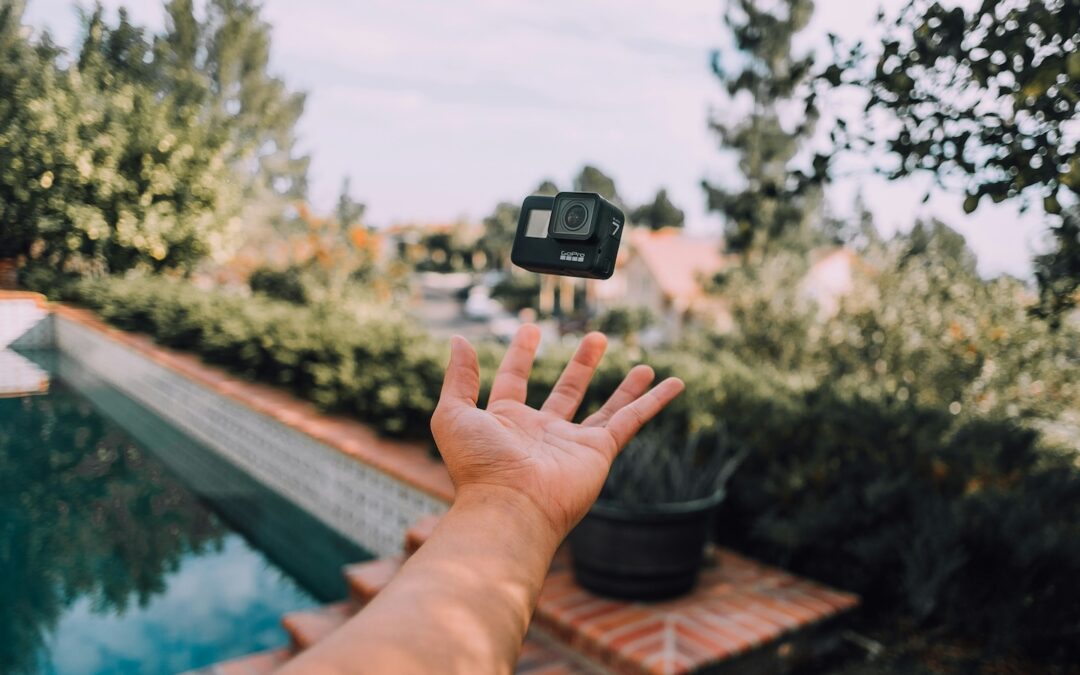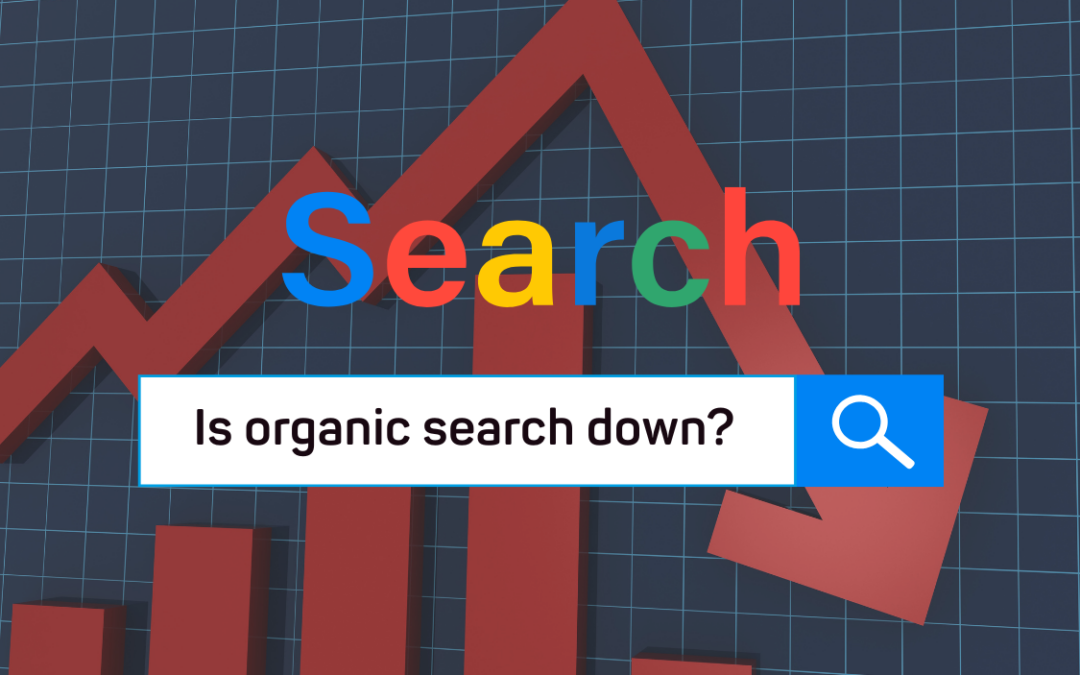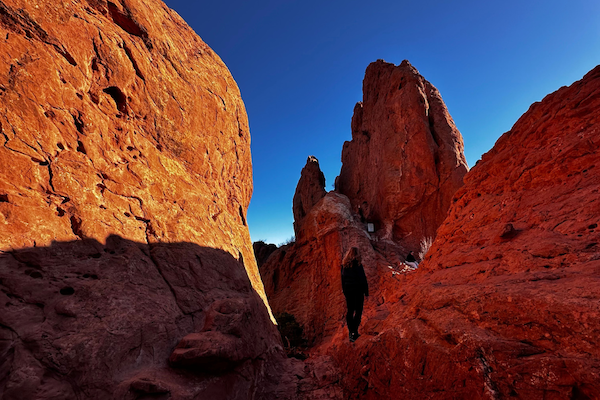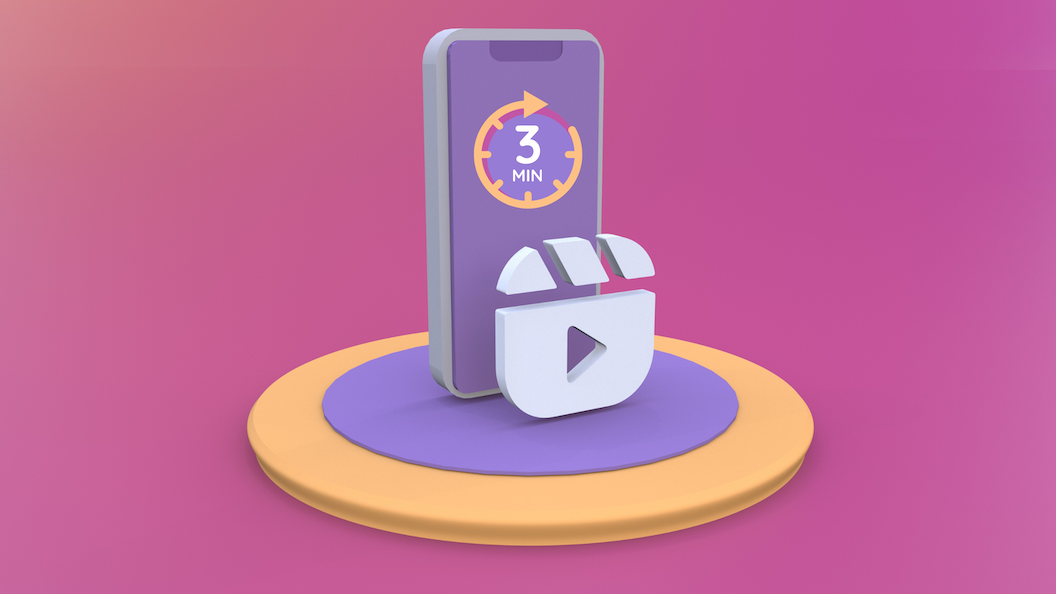
by TwoSix Digital | Jun 11, 2025 | AI, Tourism and Technology Tidbits
AI Slop, Meta Madness, and the Battle for Human Creative We’ve all seen the oversaturated, glowy, uncanny valley-rich images and videos flooding our feeds over the past year. You know, the ones your grandparents send to the family group chat of German Shepherds...

by TwoSix Digital | Jun 9, 2025 | On Our Radar, Tourism and Technology Tidbits
Emma Herrle Digital Marketing Strategist Google Ads Costs for Paid Clicks are Rising – Here's Why Advertisers (including ourselves) have been seeing a noticeable climb in Google Ads’ costs per click, with the travel industry experiencing some of the sharpest...

by TwoSix Digital | May 8, 2025 | Digital Marketing Strategies, Tourism and Technology Tidbits
The Power of Vertical Video: How Authentic Storytelling Drives Destination Marketing Success I grabbed a couple of friends and headed to Hocking Hills State Park for a few nights of camping and hiking in April. As a digital media lover, I was excited to use this as an...

by TwoSix Digital | Apr 29, 2025 | Data Tracking, Tourism and Technology Tidbits
Is Organic Search Traffic Down Across the Board? Nick Danowski Lead Content Strategist For the first time in almost a decade, Google has reported that they see more than 5 TRILLION searches on their platform annually. The last time Google gave the figure was in...

by TwoSix Digital | Apr 10, 2025 | Tourism and Technology Tidbits
The Generational Planning Divide: Millennials vs. Baby Boomers From needing a travel agent to book a trip to spontaneously booking one because of a TikTok, trip planning has changed dramatically over the years. Today, blogs, social media, and AI are all making it...

by TwoSix Digital | Mar 5, 2025 | Digital Marketing Strategies, Tourism and Technology Tidbits
Short-Form Content Keeps Getting Longer! Brian Matson Senior Director of Strategy & Education In October, YouTube announced that their Shorts format would expand to a maximum of 3 minutes for a video. Now, Instagram has done the exact same thing! Instagram Reels...







